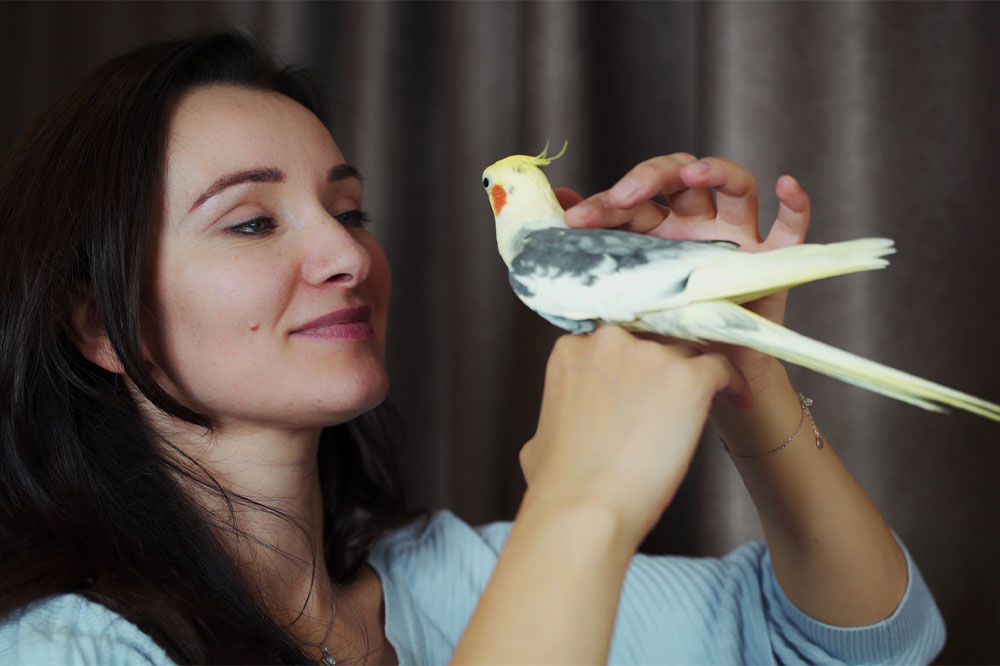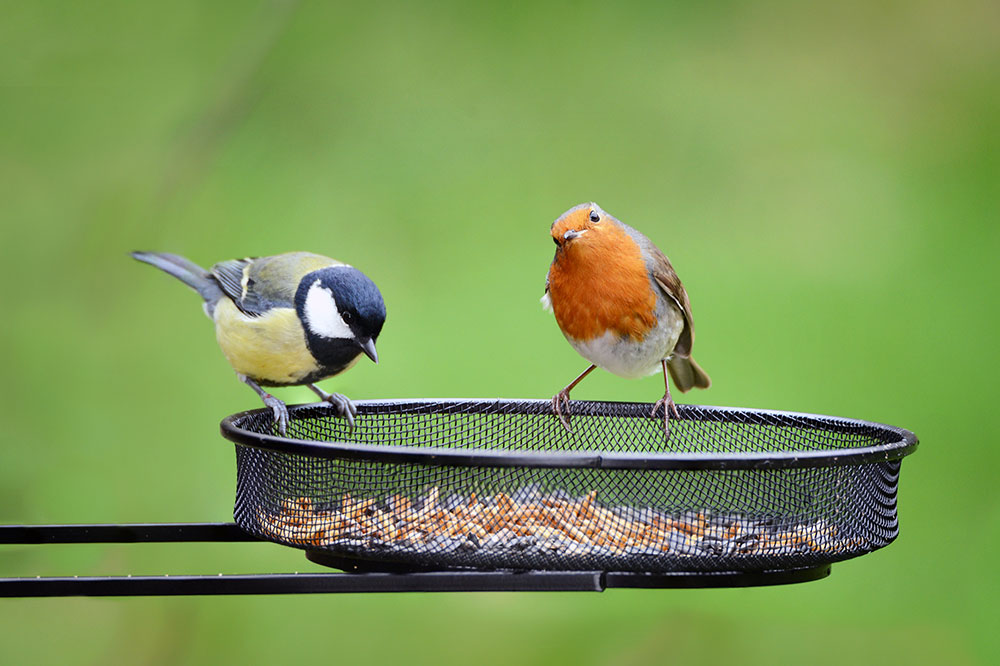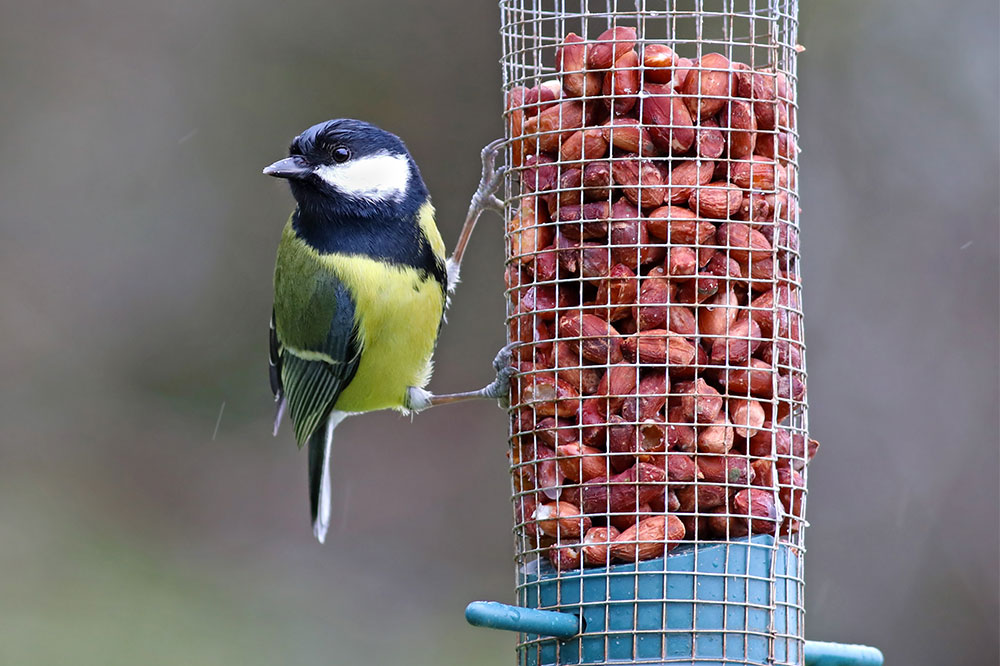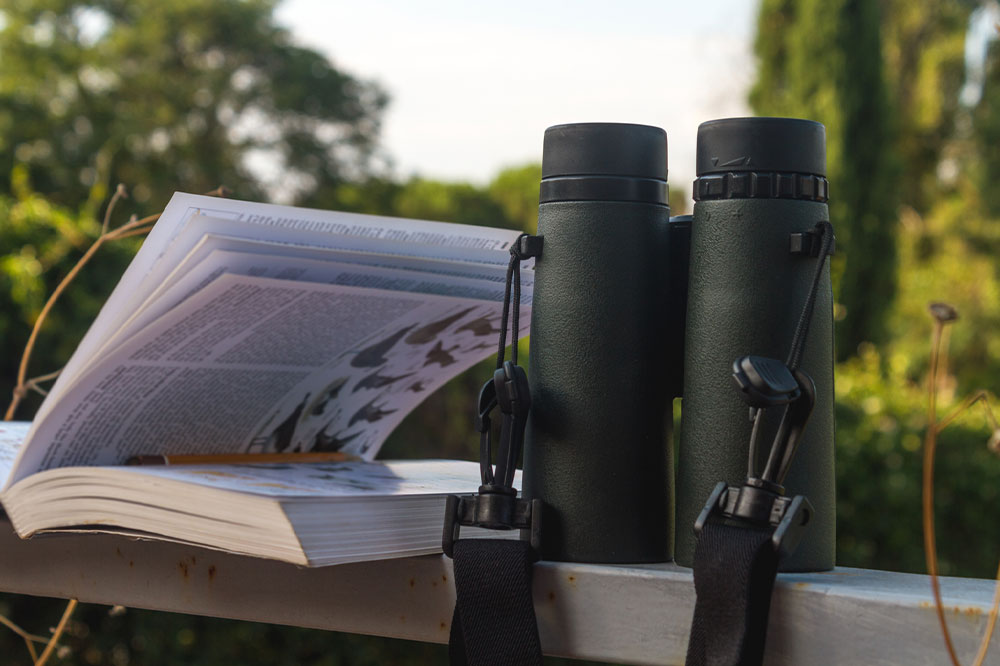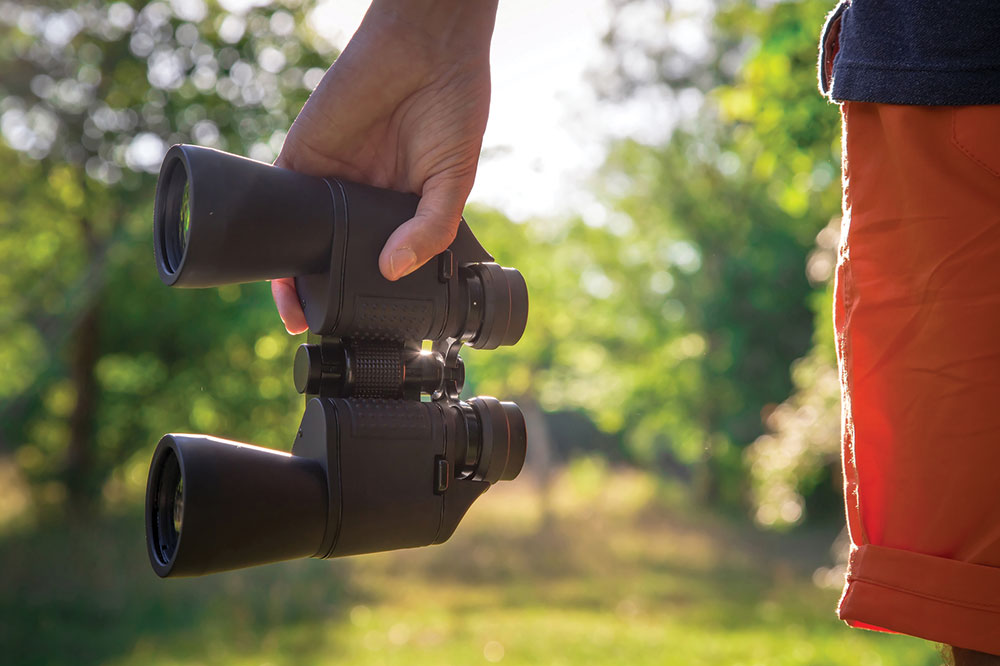Essential Guide to Selecting and Installing Birdhouses
Learn how to choose and install the perfect birdhouse for your local bird species. This guide covers types, materials, and placement tips to attract and provide a safe nesting environment for your avian visitors. Enhance your backyard birdwatching experience today.
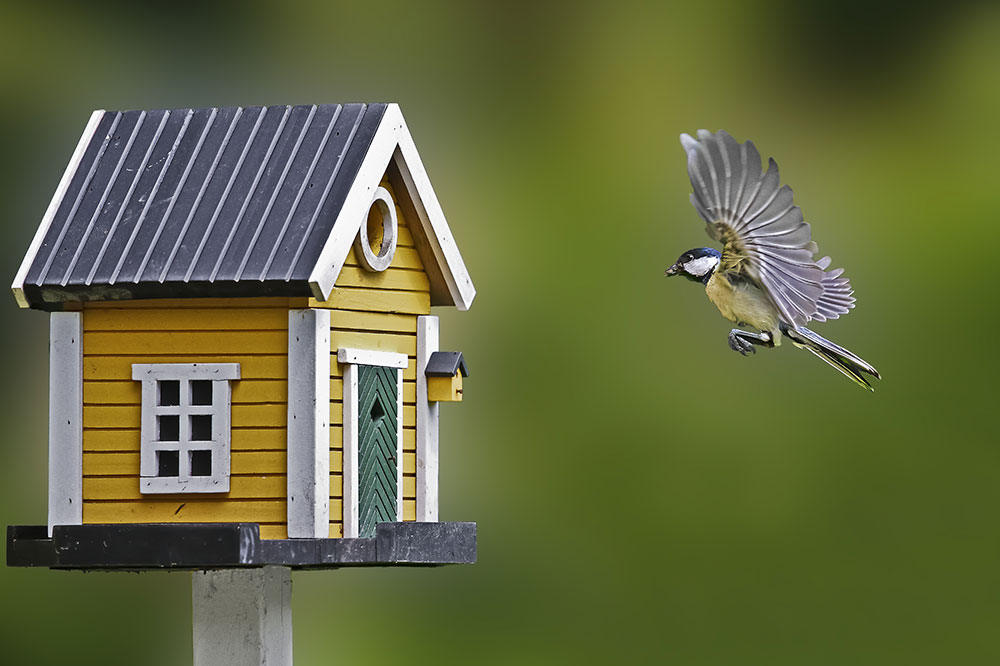
Essential Guide to Selecting and Installing Birdhouses
If birdwatching excites you, owning a good pair of binoculars might already be part of your hobby. Creating a bird-friendly environment in your backyard can be achieved in many ways, with installing a suitable birdhouse being one of the simplest methods. Choosing the right birdhouse involves understanding different types and materials designed for various bird species. This guide will help you understand how to select an ideal birdhouse to attract your local birds effectively.
Matching bird species with the right birdhouse
Since different birds have unique nesting preferences based on their size and habits, selecting a suitable birdhouse is crucial. For example, Bluebirds prefer cozy, private nesting spaces with an entry about 1.5 inches wide and elevated to prevent predators. In contrast, Purple Martins favor communal nesting with multiple entrances. Researching which birds are native to your area will guide your choices before purchasing.
Materials Used in Birdhouses
Birdhouses come in various sizes and are made from diverse materials such as wood, metal, fabric, ceramic, plastic, and gourds. Each material has advantages and disadvantages. Plastic models are lightweight and inexpensive but less durable. Metal houses may not insulate well against weather extremes. Fabric ones, while attractive to birds, may not withstand rain or storms. Wooden and gourd birdhouses are popular choices; gourds, in particular, offer ample space and comfort for nesting birds, according to many ornithologists.
Types and Placement of Birdhouses
Besides size and material, consider how the birdhouse will be mounted. Options include hanging from trees or roofs, or attaching to walls and fences. Placement should match the habitat preferences of your local bird species—some prefer higher spots, others feel safer amidst foliage or near human dwellings. Proper placement requires understanding the specific nesting behaviors of the birds in your vicinity.
Note:
Our blog provides in-depth information across various topics, aiming to support your birdwatching and wildlife interest. However, the content should be used as a guide rather than definitive advice. We are not responsible for discrepancies in data or for specific schemes or offers that might be more beneficial. Always verify with dedicated sources for detailed wildlife guidance.

